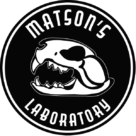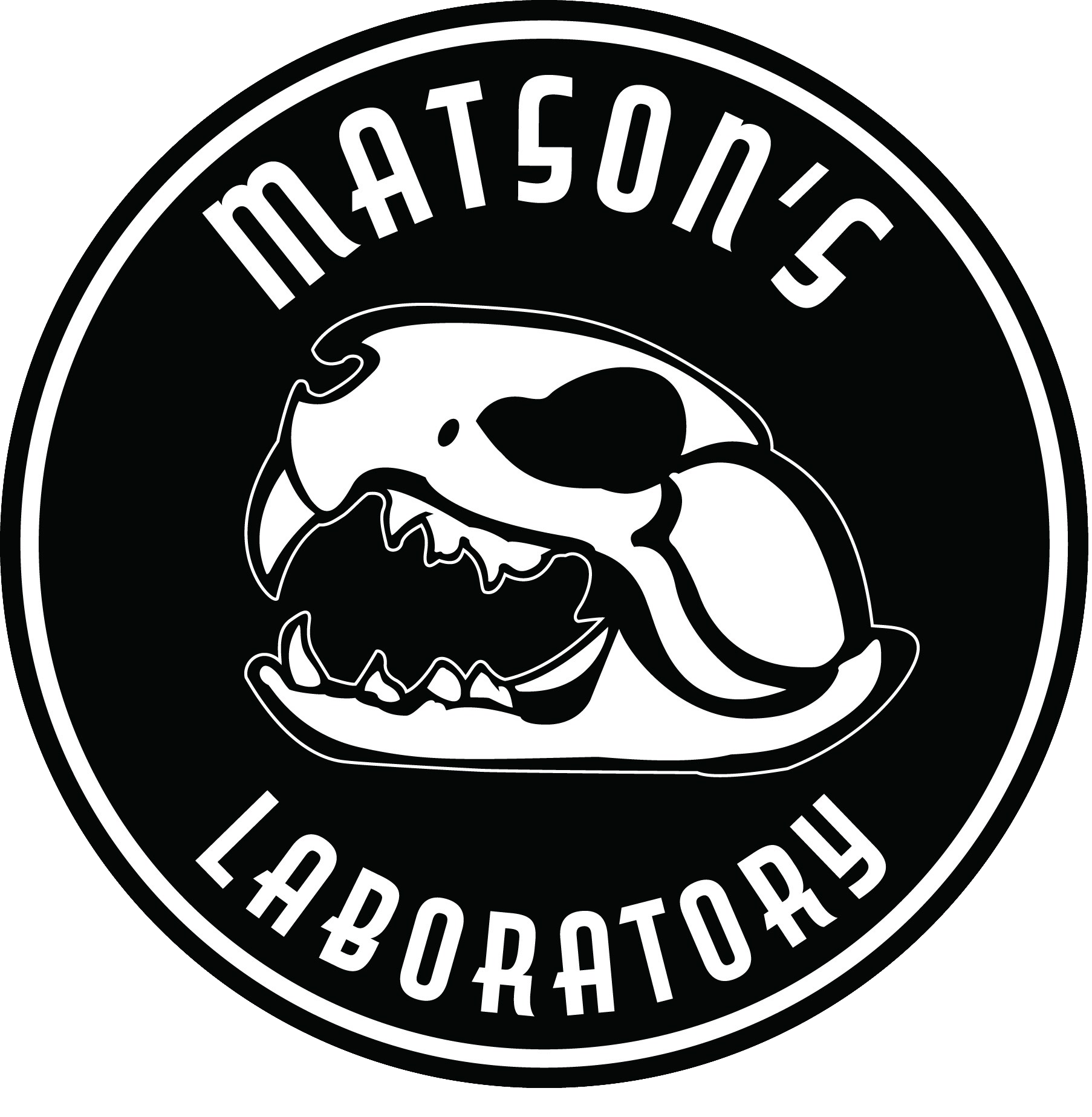Prepare Your Specimens
We know how to age deer teeth and much more here at Matson’s Lab. Just follow these simple instructions on how to identify, extract, and prepare your deer teeth for shipment.
Identifying The Correct Tooth Type Matters
Matson's Standard Tooth Types
Not all teeth are created equal and not all people know how to age deer teeth. Lucky for you, Matson’s Lab specializes in aging deer teeth, as well as many other mammalian game species by using the most accurate aging method: cementum age analysis. Each animal species has a standard tooth type that Matson’s has the most experience aging. The first step in how to age deer teeth or other game teeth is to extract the correct standard tooth type for each animal species you submit. This ensures that you will receive the most accurate results possible.
If you do not have the preferred tooth type, Don’t Worry! Matson’s can still age your deer with any tooth.
Please consult the following information for each species you plan to submit in order to identify the teeth you should extract.
Hoofed Mammals
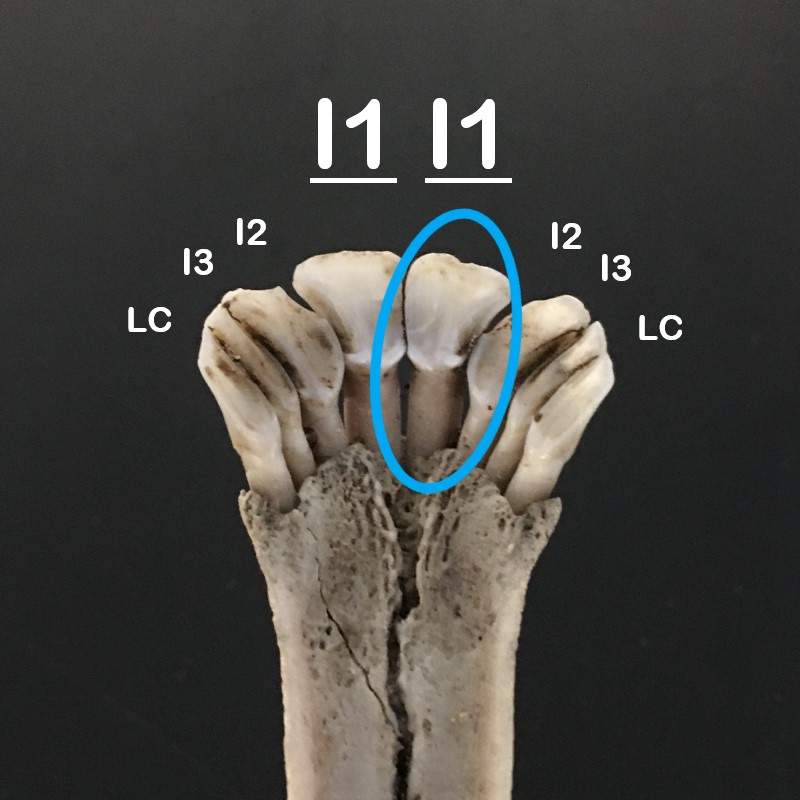
Middle Incisor
The middle incisor teeth (I1) at the front of the jaw.
Bears
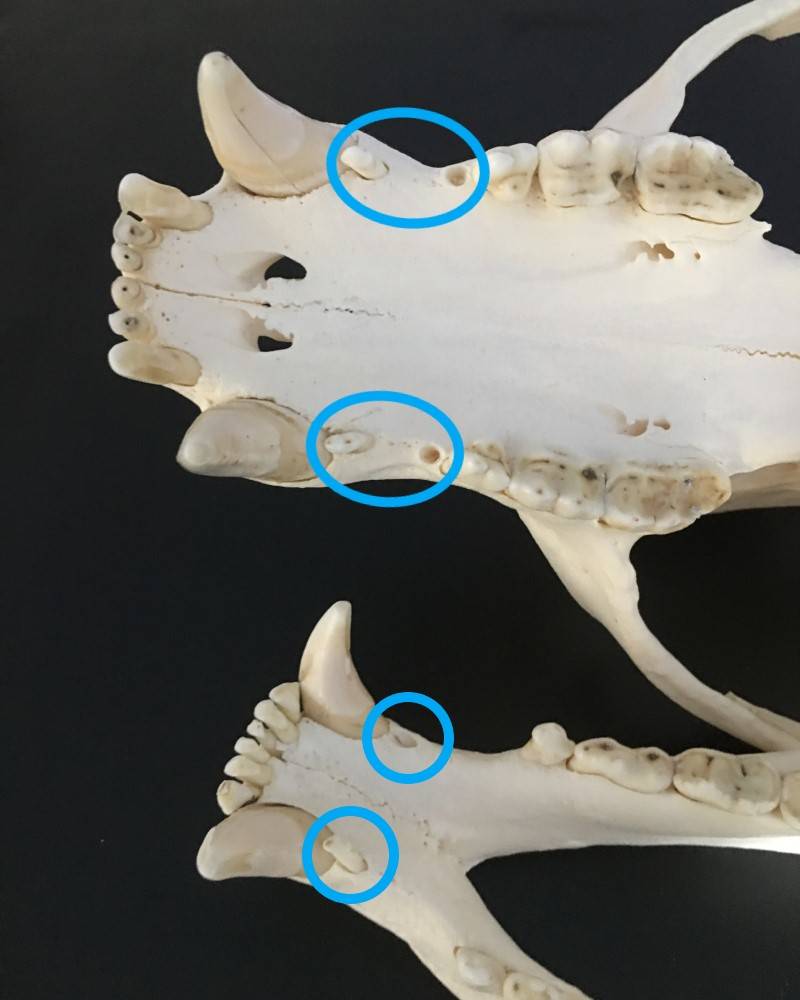
1st Premolar
The first premolar (PM1), is located directly behind the canine.
Most Carnivores
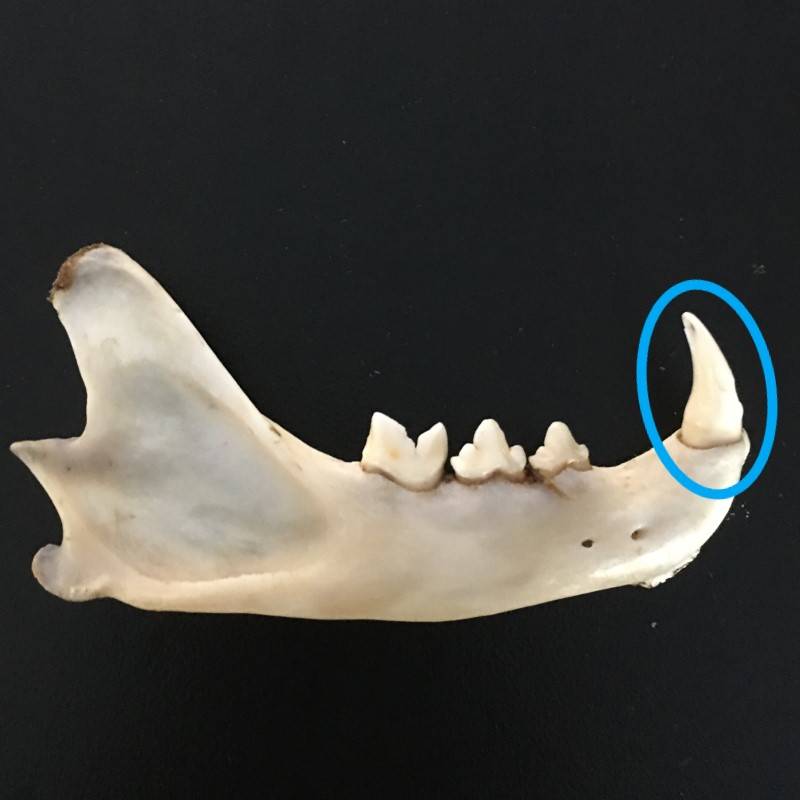
Lower Canine
Please see the PDF below for information on martens, fishers, and mountain lions.
Click here to download this information in a PDF.
How Do I Extract Teeth From My Deer Or Other Species
Fresh Jaw Extraction
Teeth are most easily extracted from a freshly harvested animal. These extractions can be done at home or in the field.
Use a sharp knife to cut down through the gum tissue on both sides of the tooth. Be very careful not to cut into the tooth root itself.
Use the back of the knife to gently pry the tooth forward and out of the jaw.
An alternative method is to grasp the tooth with pliers at the base of the crown where it meets the gumline and pull firmly with a gentle twisting motion. Be careful not to grasp too hard on the crown itself, as this will result in breaking the crown and making it more difficult to extract the tooth. Also, be careful not to twist too much or you risk breaking off the root tip which is very important for aging.
Remove the front two teeth, which are the first incisors (I1’s) for deer and other ungulates. Allow the teeth to dry inside a labeled paper envelope. If possible, please send in two teeth.
Carnivore teeth can be extracted using the same procedure. Please refer to the section above that identifies standard tooth types for other species.
Dried Jaw Extraction
If you are concerned about damaging the teeth, Matson’s will gladly extract the teeth for you. However, an additional fee will be charged for each jaw extraction and shipping costs will be applied if you wish the jaw returned.
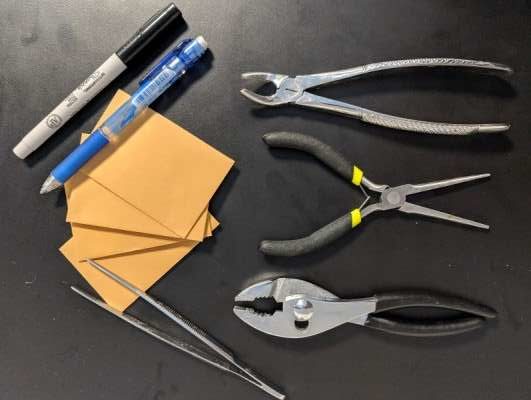
Dried jaws must be soaked in hot water before the teeth can be extracted. Allow the jaw to soak until the teeth can be easily extracted. If the teeth feel difficult to extract, let them soak longer. Soaking lengths can greatly vary depending on jaw condition. Please follow these soaking instructions:
Ungulates (deer jaws and other hoofed animal jaws)
Soak jaws in water heated to 167-176 °F (75-80 °C)
Bears and other carnivores
Soak jaws in water heated to 130-140 °F (55-60 °C)
To avoid potential damage to the teeth, please do not exceed these temperature ranges.
Grasp the tooth with pliers at the base of the crown where it meets the gumline and pull firmly with a gentle twisting motion. Be careful not to grasp too hard on the crown itself, as this will result in breaking the crown and making it more difficult to extract the tooth. Also, be careful not to twist too much or you risk breaking off the root tip which is very important for aging.
IMPORTANT:
✖ DO NOT break the root tip while removing the tooth.
✖ DO NOT boil or bleach teeth. Please note on tooth envelopes if teeth are coming from a prepared skull. Boiling or bleaching a skull usually causes minimal damage to teeth as long as they remain intact, but we like to be aware in case there is damage.
✖ DO NOT include any undried soft tissue (gum tissue, muscle, hide) with the tooth.
✖ DO NOT send entire ungulate jawbones. We only need the front incisors and, as long as the incisors are intact, the molar bars are unnecessary.
✖ DO NOT package teeth or jaws in plastic. This prevents them from completely drying and leads to rot and decay.

- A ⇒ Full length tooth, ideal for processing
- B ⇒ Slight breakage at the tip, can still be processed
- C ⇒ Tooth too broken to process
